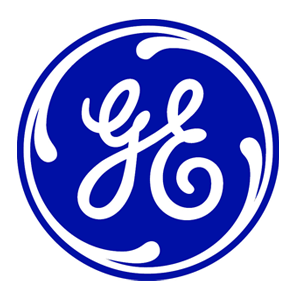Tea in the Sahara: GE Innovation Taps $450 Billion Water Market, Treats 5 Billion Gallons Daily
Underground aquifers deep beneath the Sahara desert in Algeria hold huge amounts of fresh water. But as recently as five years ago, many Algerians in the nation’s capital could not count on filling up their teapots. “Some areas would lose water every two or three days,” says Ali Nouioua, GE Power & Water manager and Algiers resident.
In 2008, however, GE tapped a more accessible body of water, the Mediterranean Sea, and built in Algiers the first desalination plant in Africa. The plant now supplies the city with 53 million gallons of drinking water daily, enough to quench a quarter of its demand. “People don’t see just water,” Nouioua says. “They see GE.”
Advanced filters, membranes, bioreactors and other technology from GE’s ecomagination portfolio process and recycle 5 billion gallons of water every day in 130 countries (enough to fill Lake Mead behind the Hoover dam every five years). More projects are in the pipeline. GE’s motors will soon power one of the world’s largest desalination plants near Melbourne, Australia, and the world’s largest water treatment plant in Abu Dhabi.
Water is a booming $450 billion global market. It is also a pressing need; a point the U.N. brings up every year by holding the World Water Day on March 22.
The need starts at home. Water managers in 36 U.S. states expects water shortages in the next decade. “When water shortages occur, economic impacts to sectors such as agriculture can be in billions of dollars,” according to the U.S. General Accounting Office. Recent data U.N. data found that two-thirds of the world’s population—or 5.3 billion people—will be vulnerable to water shortages by 2025.
Nearly 20 percent of fresh water resources flow to industrial installations like power plants, and refineries. In the U.S., the number is close to 45 percent, yet only 6 percent is being reused.
This is a big opportunity and many Americans are ready to do something about it. “All the drivers are wind in the back of the sails,” says Jon Freedman, vice president for government affairs at GE Power & Water.
Speaking recently at the University of Virginia’s Darden School of Business, Freedman urged to focus on innovation. “If you talk about water treatment issues, the key to the kingdom is energy,” Freedman said. “We live in a carbon-constrained world and you’ve got to figure out how to treat water using less energy.”
One example, he said, was GE’s new “membrane bioreactor” called LEAPmbr. The technology, which is part of GE’s ecomagination, cleans water with the combination of bacteria that gobble up pollutants, and a fine membrane that filters out the remaining solids, even viruses. The technology is one of the world’s most efficient ways to treat waste water. It’s using 30 percent less energy compared to similar GE technology.
Next time you are filling up a cup of water, consider how it came to you.



